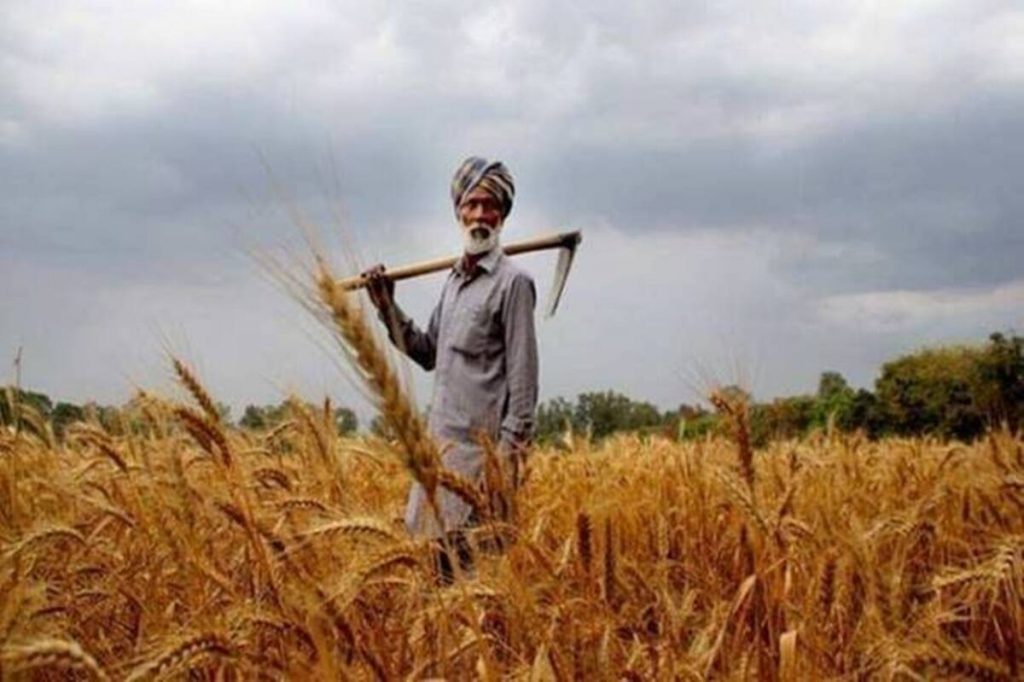The sharp jump in agricultural wages over the last decade—as compared to 4% per annum in 1999-2007, nominal wages rose 13% in 2008-2018—is undoubtedly a good thing, but as a recent paper by Shweta Saini, Ashok Gulati, Joachim von Braun, and Lukas Kornher (bit.ly/3f3CQoG) argues, this may be unsustainable. Labour costs, the authors estimate, range between 20% and 50% of the total (C2) cost of cultivation of various crops in 2016-17—from 20% in the case of wheat to a high of 50% for ragi—on an all-India basis. And, contrary to the view that MGNREGA has pushed up wages, the authors find that, at the all-India level, this is not true since wages in the jobs-scheme are much lower than those for agriculture; for poorer states like Bihar and Uttar Pradesh, though, they are somewhat similar.
Juxtapose this wage-cost table with agriculture profitability, and the problem becomes quite evident. At the all-India level, in the case of wheat, while wage costs are 20% of the cost of cultivation, profit levels are around 23-24%; in other words, the wheat crop can afford further growth in wage levels, though obviously, the picture will differ in states where the profit levels are lower. In the case of paddy, however, profit levels are just around 5% on an all-India level, so a sharp rise in wages—wages are around 35% of the C2 cost already—may not be possible; while paddy profitability is around 44% in the case of Punjab, it was minus 13 in the case of West Bengal for the three years ending 2015-16. Maize, similarly, has a low level of profitability—less than 5% in the three years ending 2015-16—and so offers poor scope for increasing wages, which are already at around 30% of the total C2 costs.
In other words, if the government is keen to double farm incomes, it simply cannot do that without a sharp increase in agriculture wages. Keep in mind that while just 24% of the agricultural workforce in 1961 comprised wage labourers—the rest were cultivators with their own/leased land—this rose to 55% in 2011 and will be even higher today; so doubling of farm income requires a healthy increase in wage levels as well. The only way to meet both objectives of increasing farm wages, as well as cultivator profits, is to ensure farmers get a lot more technological inputs—better seeds, fertilisers and pesticides—as well as marketing support to ensure they get a higher share of retail sale prices.
While the farm legislations that were recently enacted to allow farmers to sell in non-APMC mandis and to do contract farming are a necessary first step, a lot more needs to be done to improve both yields as well as increase marketing support. India’s apple and tomato yields, for instance, are a fourth those of the US, it is a seventh in the case of oranges and about two-fifths in the case of potatoes. Similarly, to improve soil quality, fertiliser subsidies have to be done away with as too much use of urea is hurting productivity. Similarly, moving away from the MSP-based unlimited procurement will save money that needs to be used to wean farmers in states like Haryana and Punjab away from wheat and rice; more subsidies for drip irrigation will also help increase yields. Unless agriculture reforms are considerably deepened, there cannot be any meaningful increase in incomes of either farmers or farm-labour.
Get live Stock Prices from BSE, NSE, US Market and latest NAV, portfolio of Mutual Funds, calculate your tax by Income Tax Calculator, know market’s Top Gainers, Top Losers & Best Equity Funds. Like us on Facebook and follow us on Twitter.
